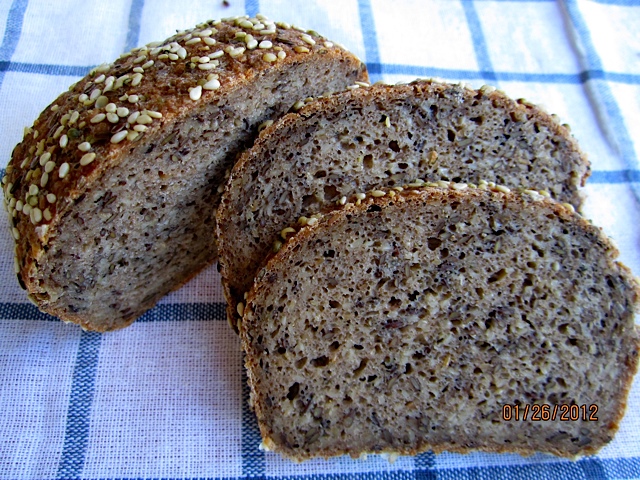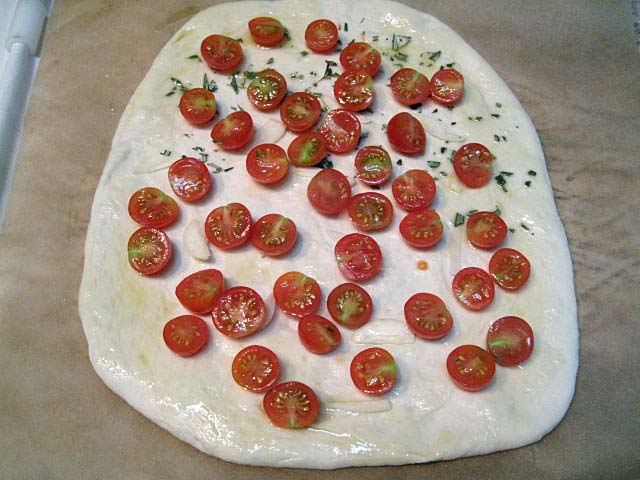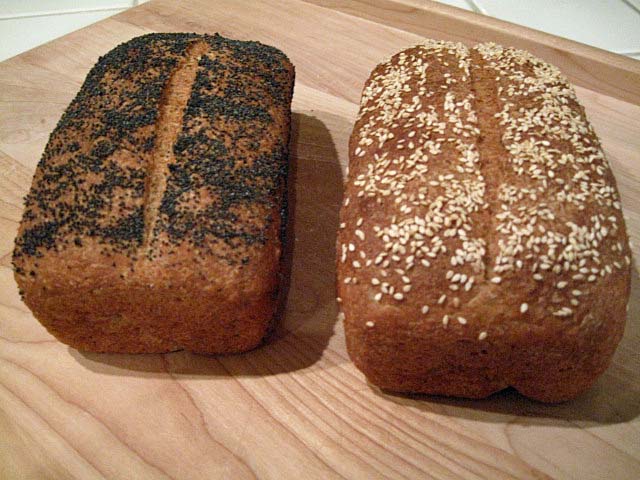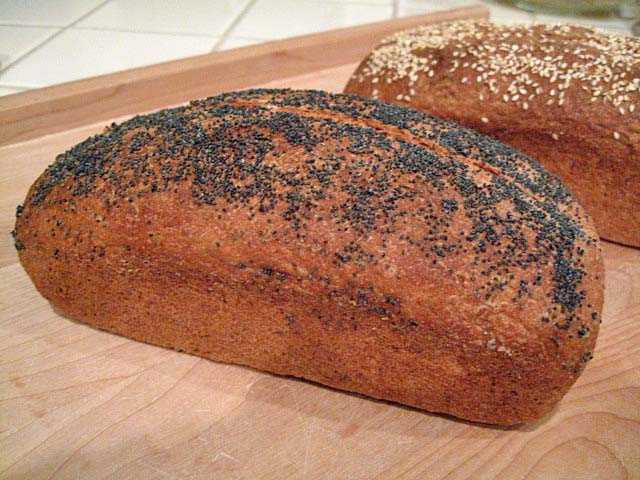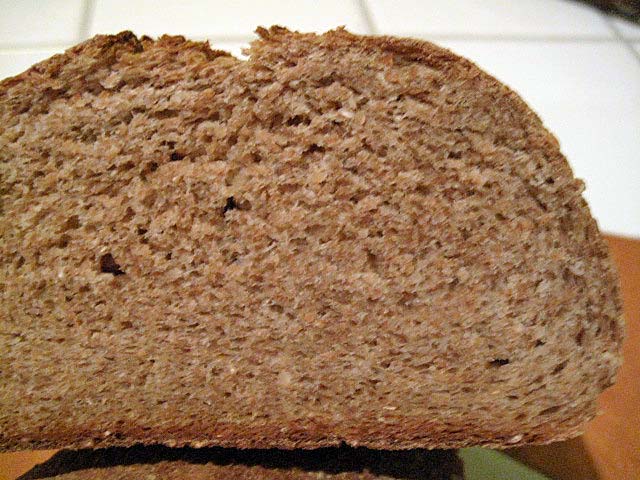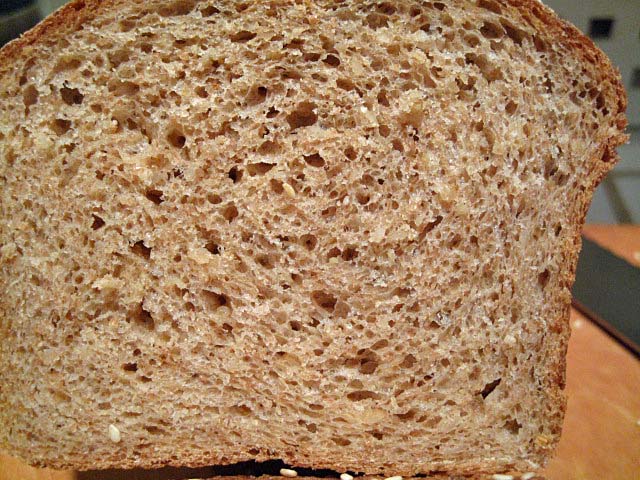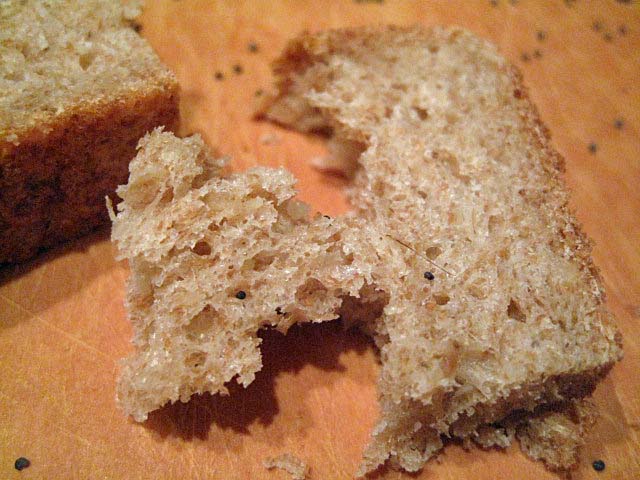
Kathleen Weber's Arbrio Rice Bread
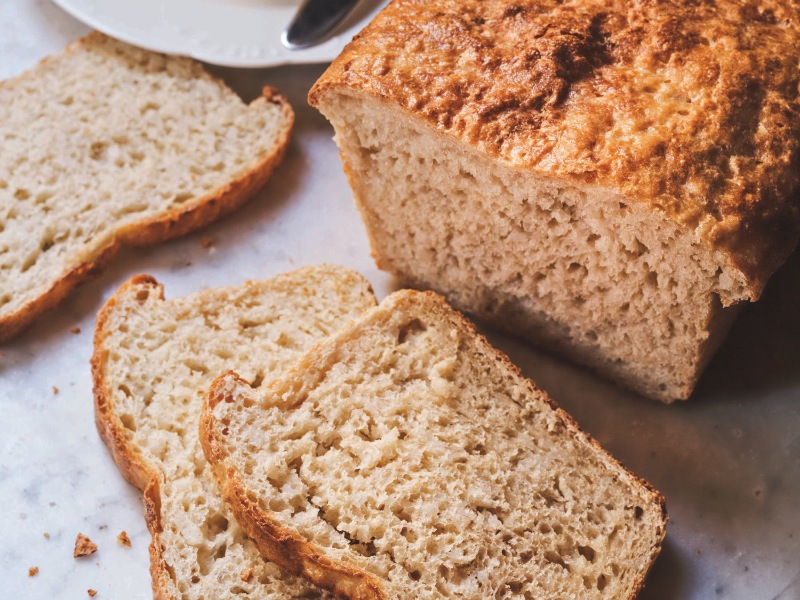
Della Fattoria Bread is the new book by Kathleen Weber, founder of the renowned Della Fattoria bakery in Petaluma, California. This recipe reprinted with permission. Copyright 2014, Artisan Books. Photo Credit: Ed Anderson.
Arbrio Rice Bread
Makes 2 standard loaves
Inspired by a recipe by the brilliant British cookbook writer Elizabeth David, this is one of the easiest breads I've ever made. It comes together fast, is mixed entirely by hand in a single bowl, and is baked in two standard loaf pans. Almost no kneading is required.
It's also one of the most unusual yeasted breads I've seen, as the dough calls for rice. I use Arborio rice instead of regular white rice. Arborio is, of course, the rice that gives risotto its creaminess, and, sure enough, those fat, starchy grains give the bread a similarly creamy texture. If you're calculating exact ratios, the weight of the cooked rice will be 520 grams (18.3 ounces/2 1/2 cups plus 2 tablespoons), which is 70 percent of the flour weight.
When toasted, this bread has a remarkably delicate crunch.
| Rice | |||
| Arborio rice | 158 g | 5.5 oz | ¾ cup |
| Water | 525 g | 18.5 oz | 2¼ cups |
| Dough Mix | |||
| All-purpose flour | 735 g | 26 oz | 5¼ cups |
| total flour | 735 g | 26 oz | 5¼ cups |
| Instant yeast | 13 g | 0.5 oz | 1 Tbsp plus ¾ tsp |
| Fine gray salt | 19 g | 0.6 oz | 1 Tbsp |
| Water, at room temperature (65° to 70°F/18° to 21°C) | 468 g 16.5 oz | 2 cups | |
| Total weight | 1,755 g/1.75 kg | 61.9 oz/3.8 lbs | |
| Wash | |||
| 14 to 32 grams (0.5 to 1.1 ounces/1 to 2 tablespoons) olive oil or milk, or a combination | |||
1. To cook the rice, combine the rice and water in a small saucepan and bring to a boil. Cover, turn the heat down to low, and cook until the water is absorbed and there are little holes across the surface of the rice, 15 to 20 minutes. Remove the lid and let the rice cool slightly. The rice should still be very warm when incorporated with the other ingredients.
2. Lightly oil or spray a deep 4 1/2- to 5-quart ceramic or glass bread bowl. (The amount of dough for this bread will work well in a 3-quart bread bowl if you have one.)
3. In a large bowl, whisk together the flour, yeast, and salt.
4. When the rice is still very warm but cool enough to touch, mix it into the flour until the mixture has the texture of a gummy meal. Pour in the water and continue to mix with your hands, gently gathering the mixture together, turning it and pressing it with the heels of your hands, until it all comes together. It will be very sticky, similar in texture to a milky biscuit dough; do not be surprised if you have quite a bit sticking to your hands.
5. Using a plastic bowl scraper, get what dough you can off your hands, pressing it back onto the dough, and turn the dough into the bread bowl. Cover the bowl with a lightly oiled or sprayed piece of plastic wrap and place in a warm, draft-free spot until the dough has at least doubled in volume and there are delicate bubbles across the surface, 1 1/2 to 2 hours.
6. Fairly generously oil or spray two 8 1/2-by-4 1/2-by-2 3/4-inch loaf pans. Flour the work surface. Turn out the dough, using the bowl scraper, and use a bench scraper to divide it in half. With your fingertips, very gently shape each portion into a bâtard, about 3 by 7 inches. Set in the prepared pans and very gently brush the tops with the wash. (This dough is not brushed again before baking because the loaves will be too fragile once proofed.) Cover the tops with a lightly oiled or sprayed piece of plastic wrap. Set the pans in your warm spot to proof until the dough reaches the tops of the pans, 1 1/2 to 2 hours; remove the plastic wrap.
7. Meanwhile, position a rack in the lower third of the oven, set a baking stone on it, and preheat the oven to 450°F.
8. Place the pans on the stone and immediately lower the oven temperature to 400°F. Bake for 30 to 35 minutes, or until the tops are a rich golden brown. The loaves will be delicate, but they can carefully be taken out of the pans to brown directly on the stone: place the loaves on the stone and let brown for about 3 minutes, to brown the sides and bottom more evenly.
9. Transfer the breads to a cooling rack and let cool completely.
Della Fattoria Bread is available now from Amazon, Powell's Books, or your local book seller.










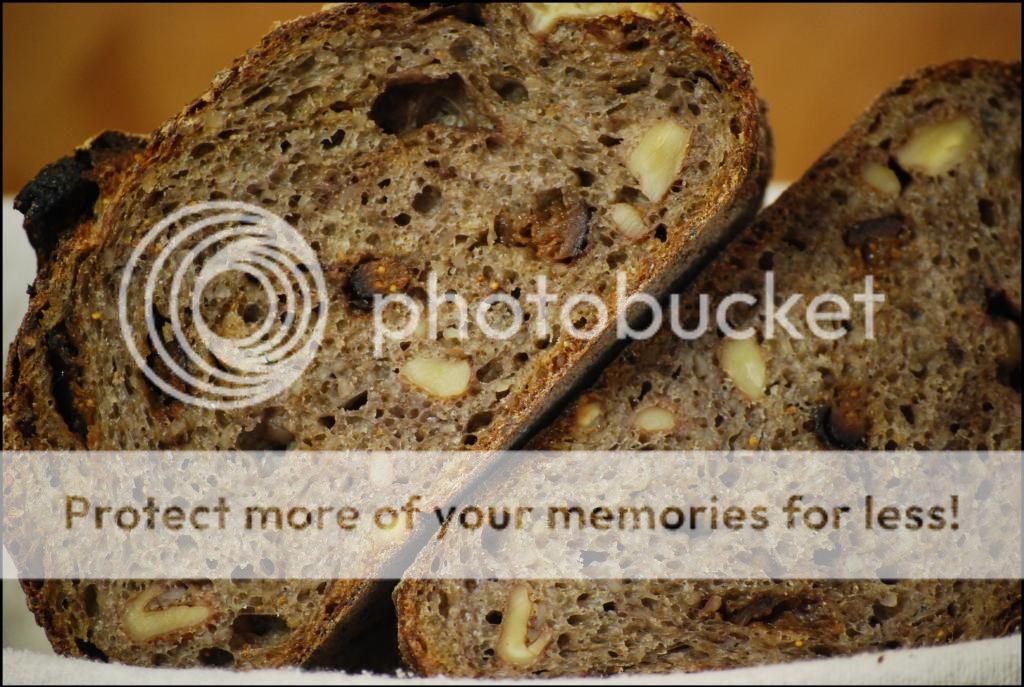


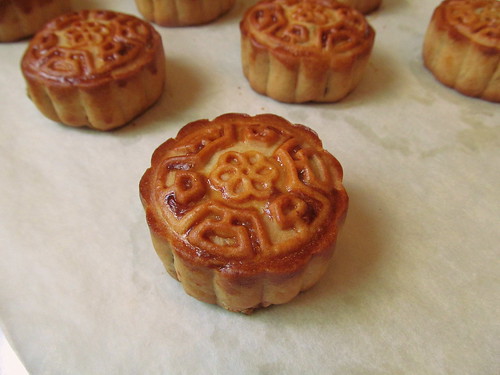
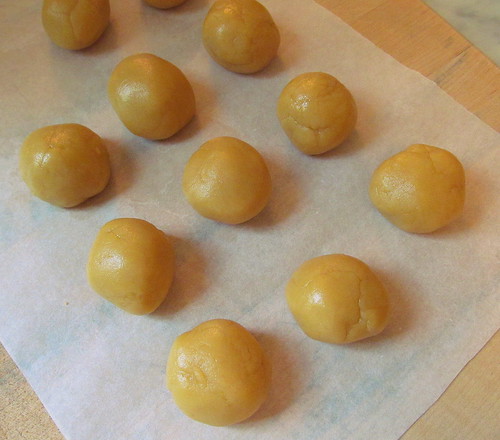
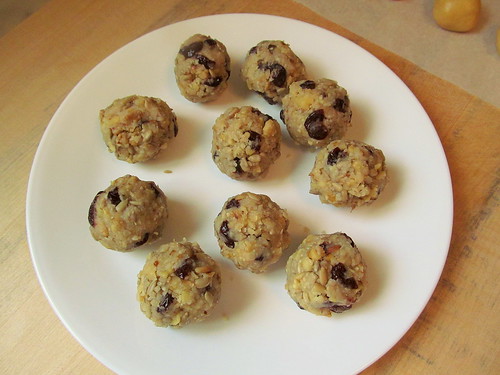
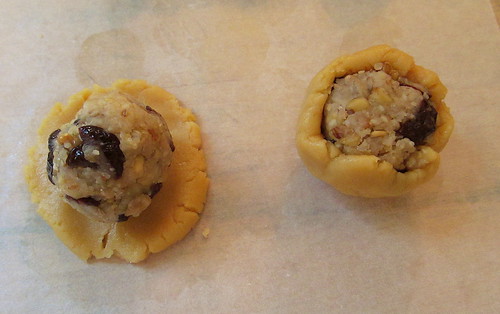

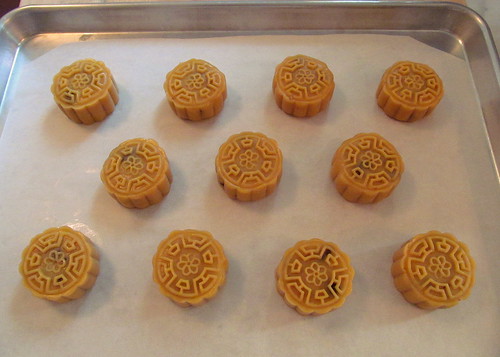
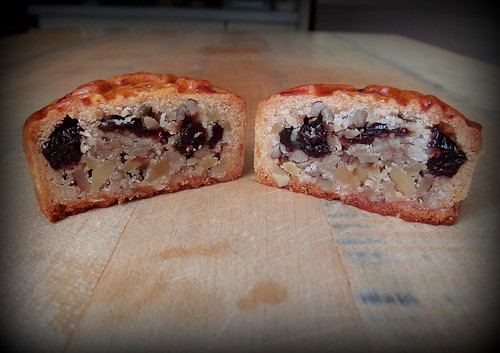

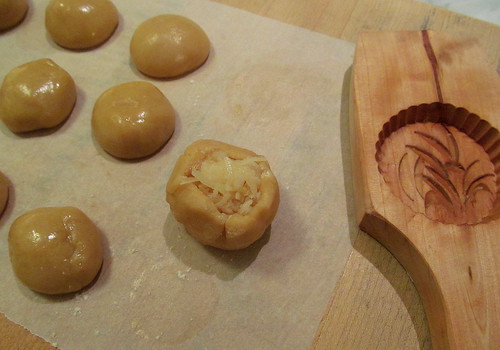
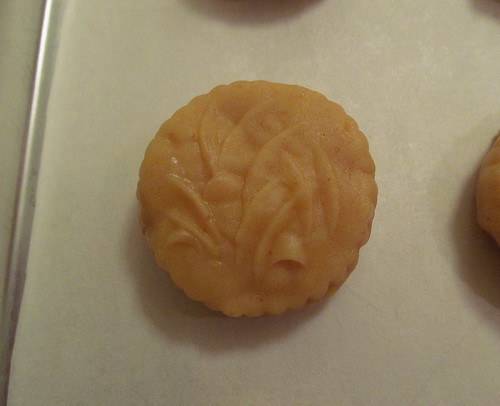

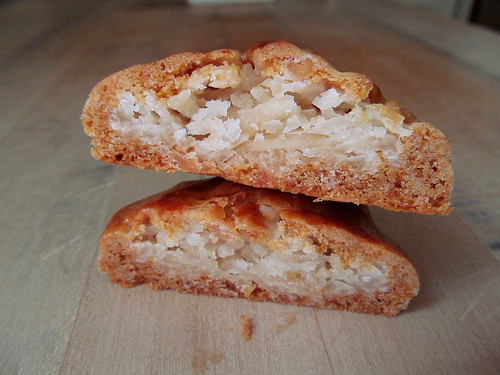

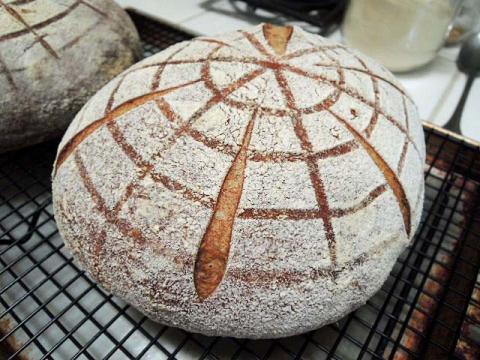
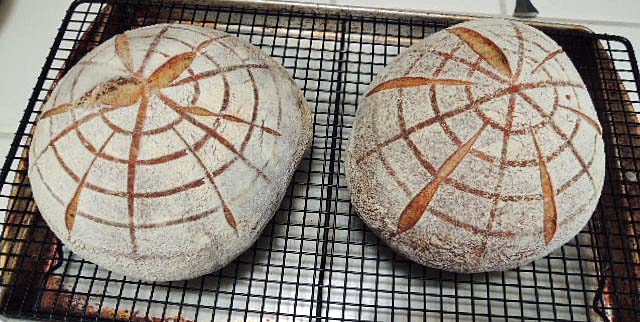





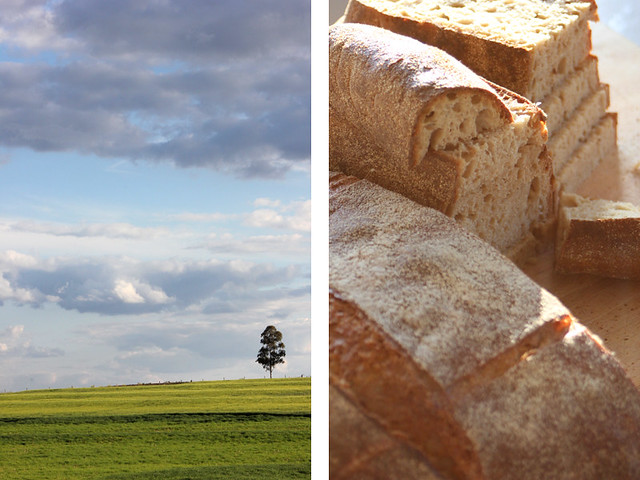
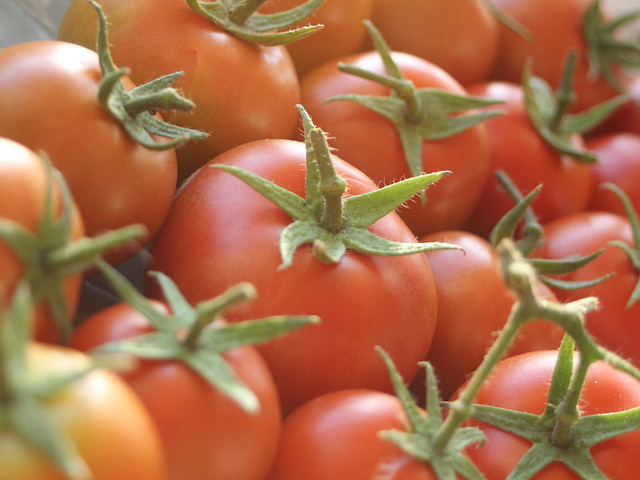
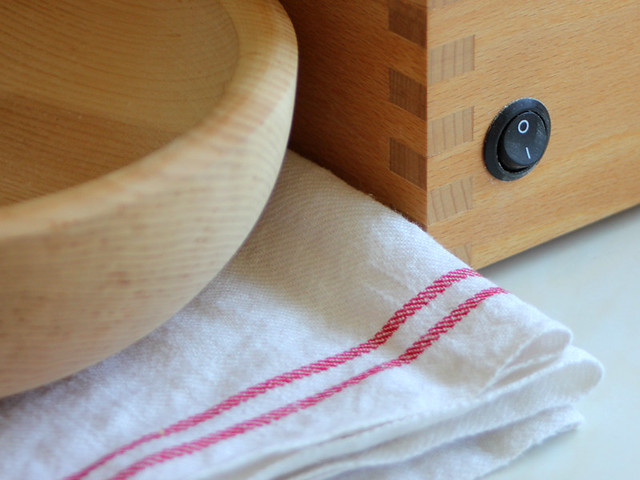
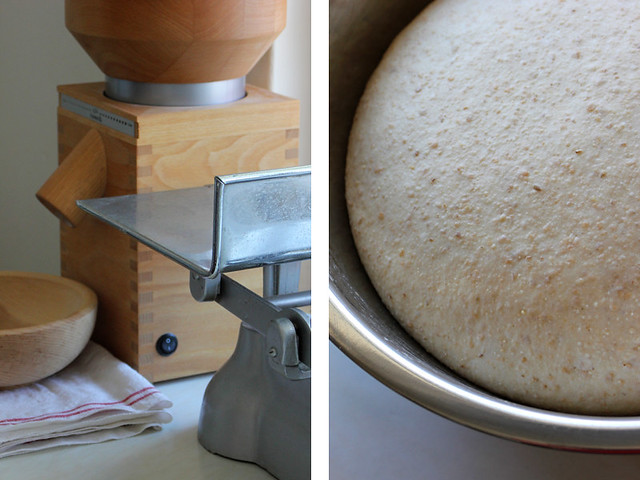
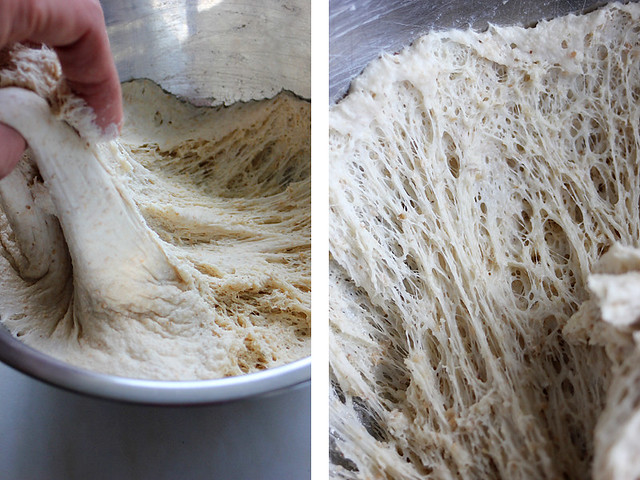
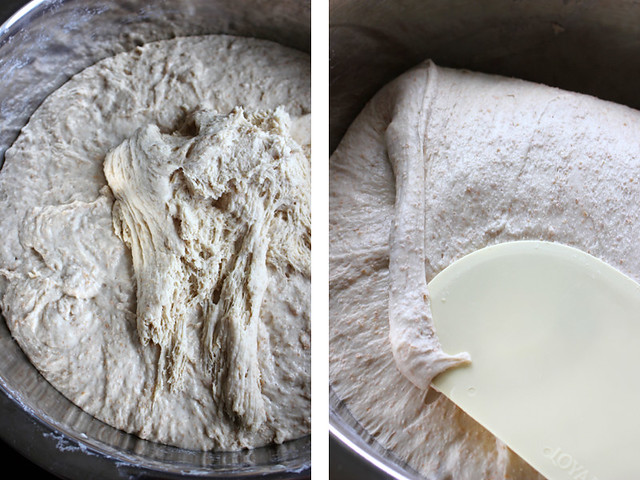
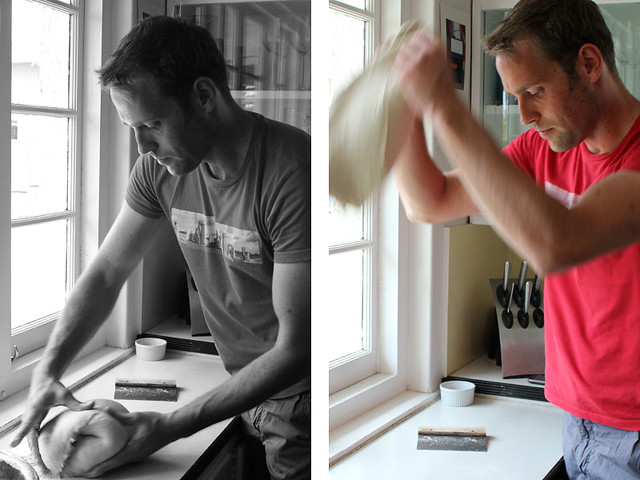
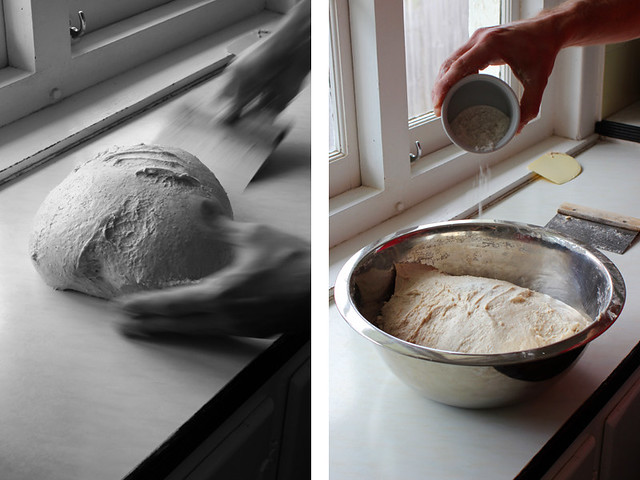

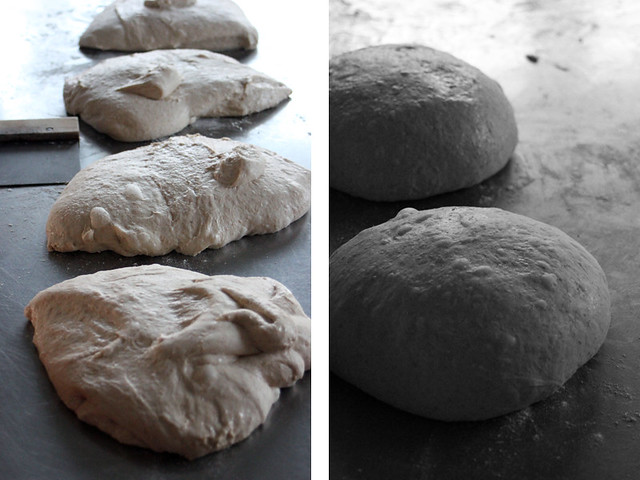


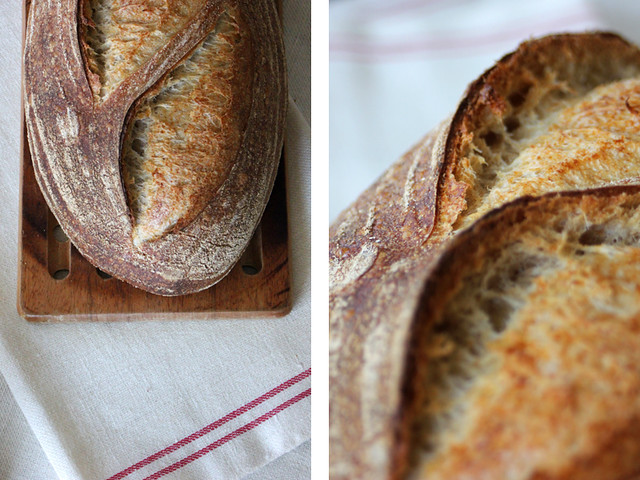

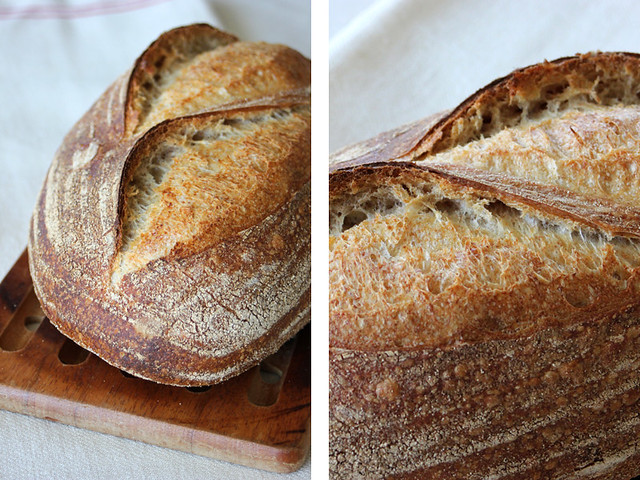
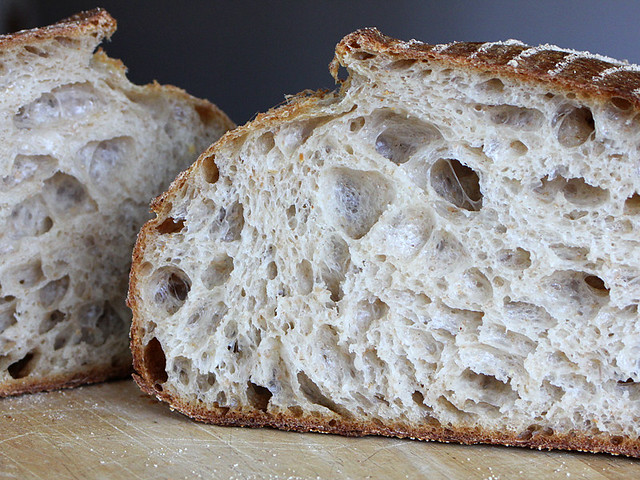
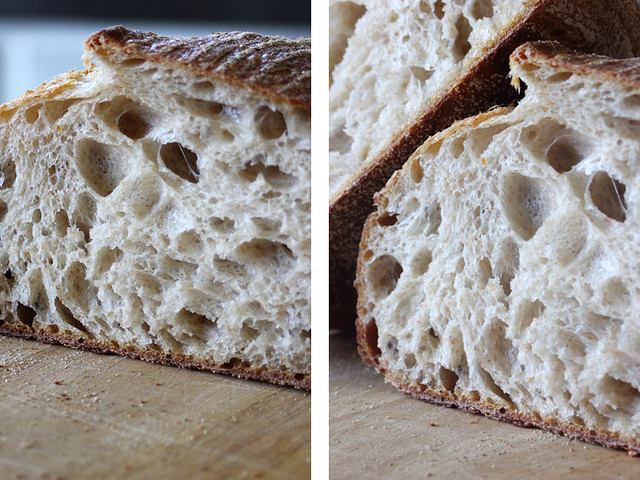
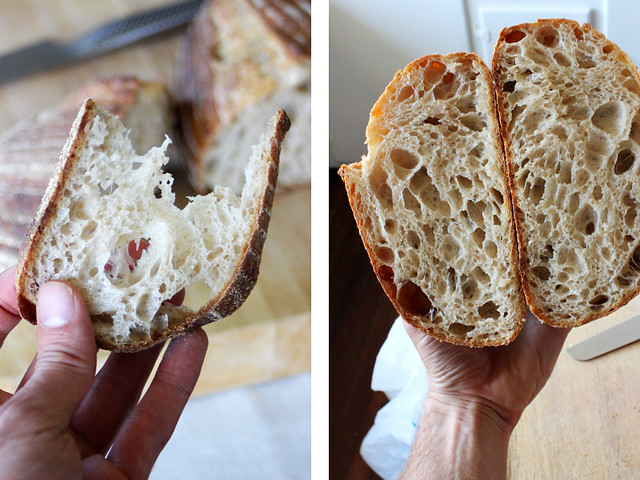












 Die besten Rezepte aus der Allgemeinen Bäckerzeitung - Brot, Brötchen & Snacks
Die besten Rezepte aus der Allgemeinen Bäckerzeitung - Brot, Brötchen & Snacks 
